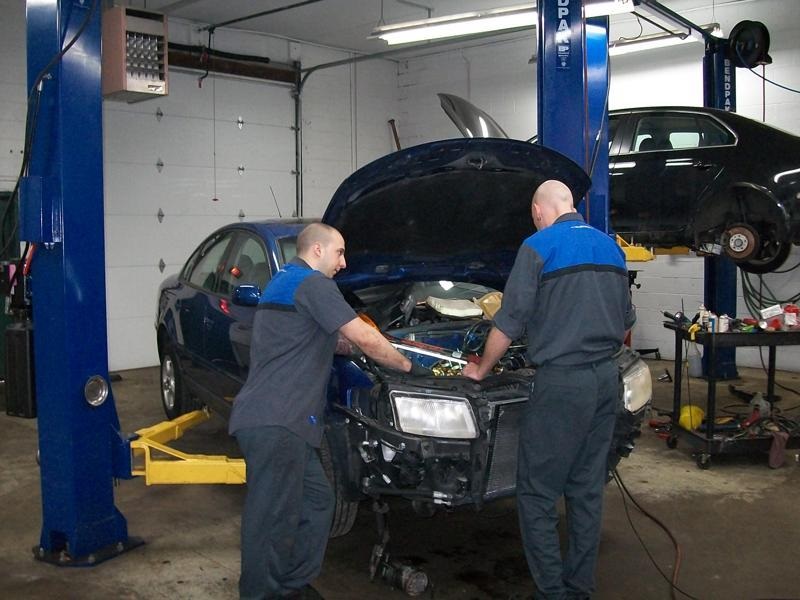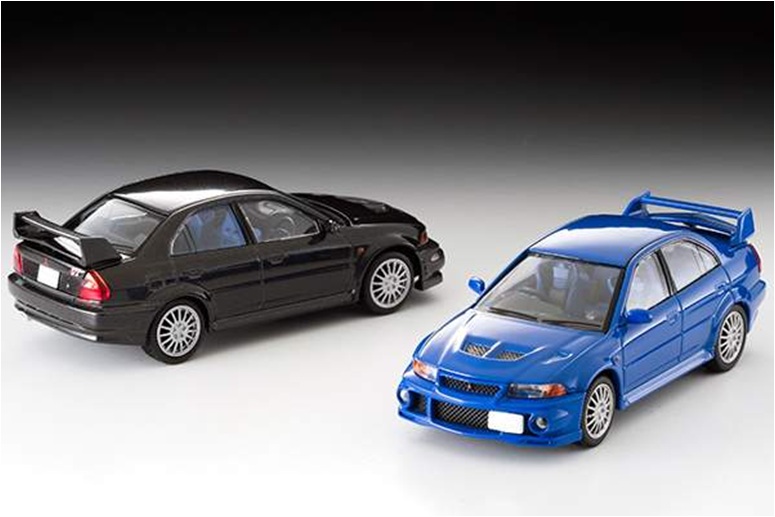The 2020 Nissan Rogue is a crossover that serves all the purpose of one without asking for a high price. No wonder, it makes such a desirable crossover, because that is what it’s automaker had intended to. It is the priceless humility that makes the 2020 Nissan Rogue so much appealing to the mass buyers […]
Author: Paul watson
Importance of Hiring a Professional Car Accident Attorney
Cars have become an essential means of transportation in the present world. It has made commutation easy and convenient from one place to another. However, driving a car and driving a car safely are two different aspects. When you drive a car, you should look forward to keeping the car running below the stipulated speed […]
Traffic Management Equipment Hire At Reasonable Charges
Barriers on the public road, speed limit signs, indicate arrow board, and traffic lights, and many more are the things come in the category of traffic management equipment. And the best thing is that if you are a person, who takes contact to repair the roads so that the people don’t come across any annoying […]
Why do people appreciate photography as a hobby?
Photography is one of the most followed passions or hobbies around the world. The art of taking a photograph is so much appreciated across the globe because of two apparent reasons. The first one is that you get to capture a moment, a memory from your life with the help of a photograph. On the […]
This 2020 Toyota Yaris Makes a Prominent Comeback
The arrival of 2020 is knocking at the door, but car makers need to welcome it earlier than the real time reaches the threshold of a new year. So, you must have seen many 2020 model year vehicles already rolling on th road. One such model that has already released its 2020 model edition is […]
Trends to Watch in Wheelchair Car
The availability of many different kinds of vehicles, as well as features, can be confusing, so capitalize on specialists in the wheelchair equipment market that are certified to evaluate clients’ demands and suggest options that function best. Accessibility becomes part of placing more environmentally-friendly vehicles on our freeways: Many companies are currently producing the first […]
Which is better? New or used?
The debate is always there for people who are looking to replace their vehicle. Do they get a new car or a used car? Should they make payments or should they lease? This is a good question to ask and the answer depends on the individual looking for a vehicle. There are a few different […]
What Builds the 2019 Mazda 3 Lineup
For those who needs a car that comes with all-wheel-drive practicality while carrying a lavishly upgraded interior would find the 2019 Mazda 3 one of the best choices in the current segment of compact cars. The very first sight of the 2019 Mazda 3 that we experienced at the Mazda Corona showroom will make anybody […]
Liberty Auto Protection: Peace Of Mind For Americans
Most people who have owned a vehicle for longer lengths of time have experienced how stressful unexpected and costly car repairs can be. In an effort to help people handle the stresses of vehicle ownership, extended auto protection plan companies such as Liberty Auto Protection have emerged. Liberty Auto Protection commercial and residential coverage plans […]
Why You Should Look at New Arrivals
Whether you are shopping for models, shoes, or the next all-new gadget, every online store you go to should have one thing in common: arecent/new arrivals page. It might not seem like much, but that page and how often it is updated can give you a major leg up over those who want your collectables […]











